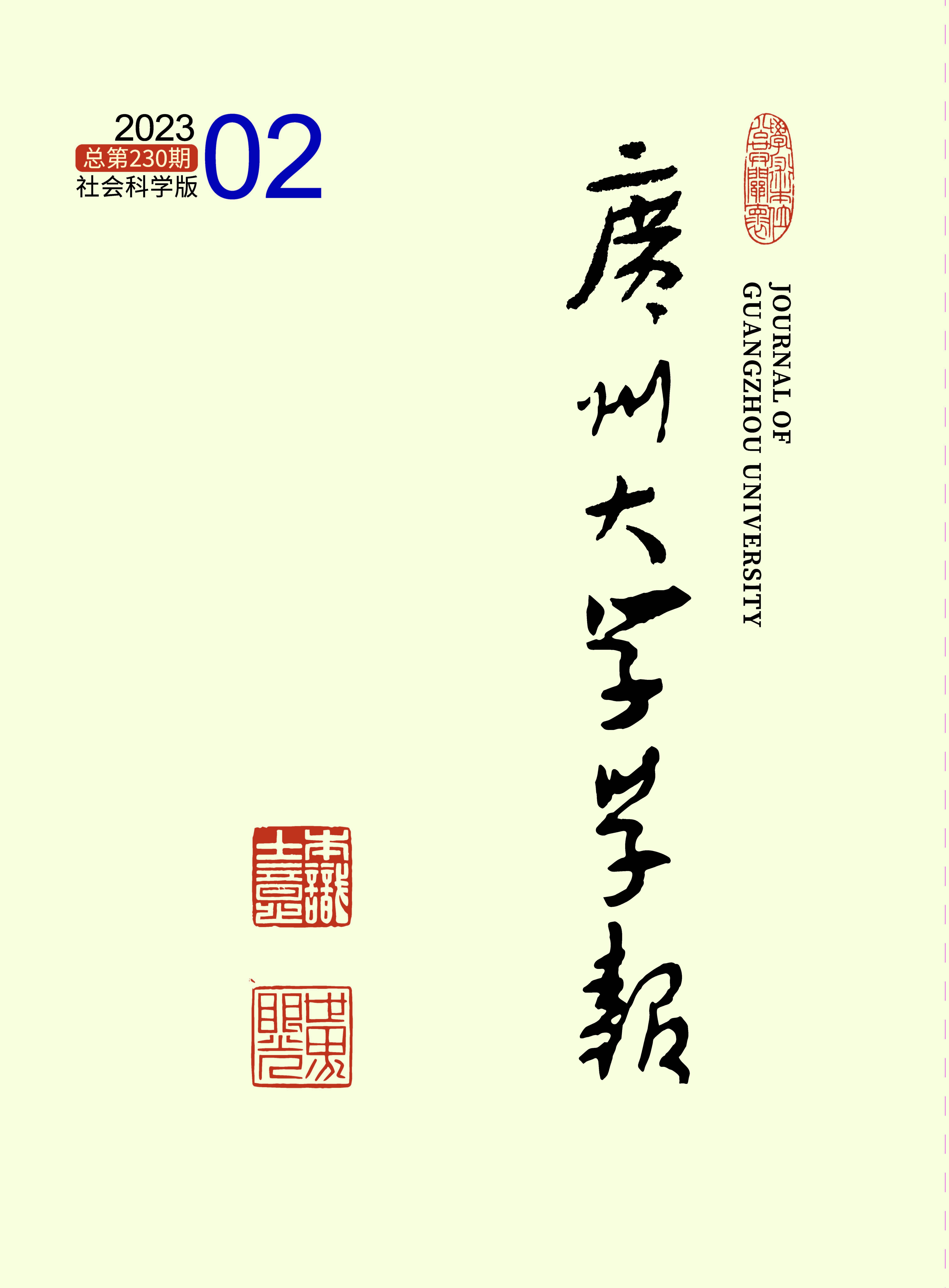Journal of Guangzhou University (Social Science Edition). 2024, 23(2): 45-57.
 Abstract
Abstract (
)
 Download PDF
Download PDF (
)
 Knowledge map
Knowledge map
 Save
Save
Many shells called ″ digital rights″ have been left on the beach after the digital wave, which have aroused heated discussions in the academic community. However, there is still a lack of the concept of the most basic rights like the right to data access. Therefore, from the perspective of emerging rights, the constitutional human rights clause, the personal dignity clause and the general restriction clause provide the constitutional normative basis for the justification of this right. The right to data access is equivalent to the life of citizens in the digital space. It is the qualification of individuals to participate in digital activities through data and Internet connection. It is a basic human right in the digital age. The realization of this right depends on the construction of a digital legal system, giving full play to the initiative of the country, platforms and users to participate in digital governance, clarifying the functional positioning of administrative departments, and establishing a complete national regulatory mechanism. Data access protection should be guided by classifying and grading rules and respect individual privacy and right to know. At the same time, tort liability shall follow the principle of presumed fault liability, supplemented by no fault liability, paying attention to preventive responsibility to deal with potential risks, and introducing public interest litigation mechanism, so as to draw up the last line of defense for citizens′ data access protection.
